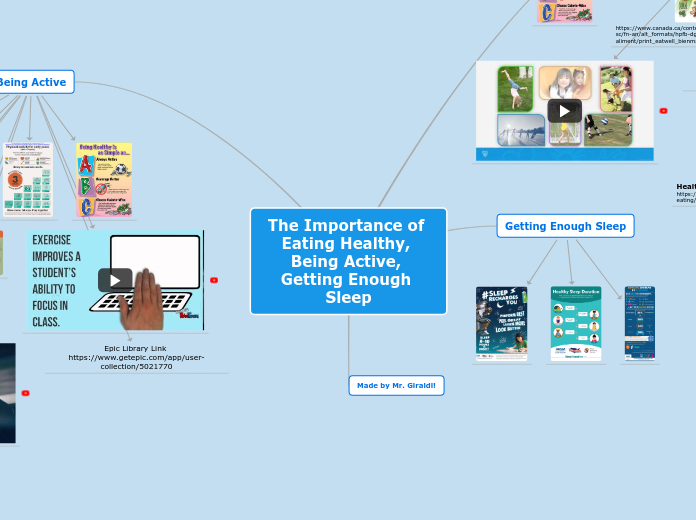por Leyla W 4 anos atrás
174
Eating Disorders Beyda
Eating disorders rank as the third most common chronic condition globally, with a significant portion of cases remaining unreported due to individuals not seeking medical help. Research highlights a concerning trend among young girls, with a substantial percentage expressing a desire to be thin and a fear of gaining weight.









